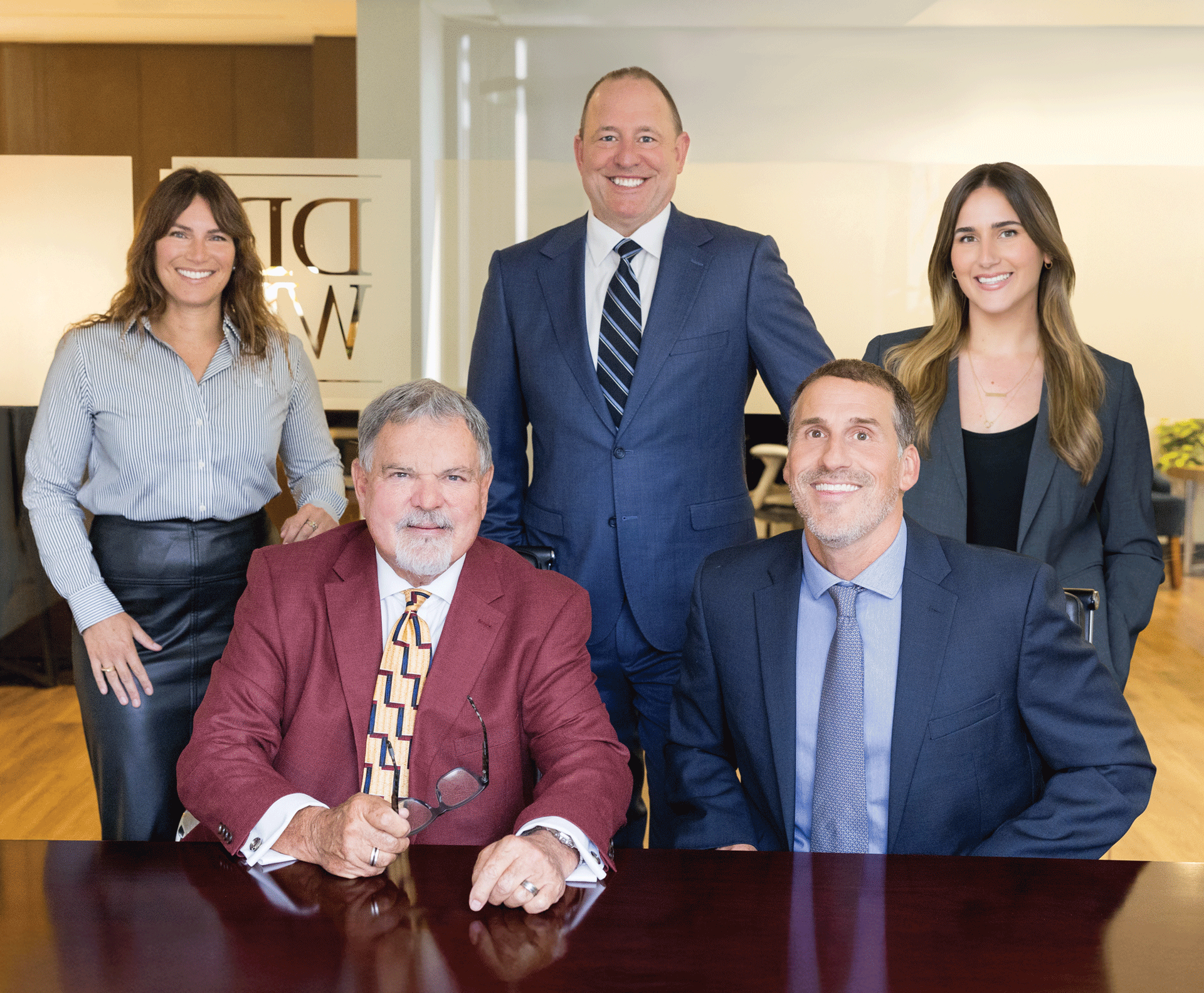Ryan McKeen is a co-founder of Best Era, LLC. Ryan’s extensive background as a lawyer and law firm owner drives his commitment to helping the legal community thrive. Ryan is dedicated to enriching the legal field by sharing insights from his experience. He co-authored the best-selling books “Tiger Tactics: Powerful Strategies for Winning Law Firms” and “CEO Edition,” and regularly speaks at national legal conferences on topics including innovative marketing, artificial intelligence, law’s future, and effective management. Learn more at www.bestera.io.
“Too Many Meetings” Isn’t the Problem—Inefficient Ones Are: Communicate Better and Save Time
A Familiar Story of Communication Chaos
You’ve likely lived this scenario.
It’s Monday morning. You have a deposition at 10, a court call at 2, and a mountain of emails to sift through. Your paralegal pokes her head in: “Hey, did anyone ever follow up on that new lead from Thursday?” You haven’t heard a thing.
You join a hastily scheduled Zoom meeting where no one seems prepared. The marketing head talks about leads. Finance interjects with cashflow concerns. Operations need clarity on hiring. Forty-five minutes go by. You hang up frustrated, knowing nothing really got done.
Afterward, a partner swings by: “Hey, what did we decide about intake scripts?” You sigh. “I don’t think we actually decided anything.”
Welcome to the paradox of modern law firm life: we have too many meetings and not enough communication.
How is that possible?
Because what most firms suffer from isn’t over-communication, it’s misaligned communication.
The Cost of Misalignment
According to a study by McKinsey, employees spend nearly 61% of their workweek on “work about work”—status updates, internal communication, and meetings—not actual productive tasks. Harvard Business Review reports that senior executives spend nearly 23 hours a week in meetings, and 71% of them say meetings are unproductive and inefficient.
The legal profession isn’t immune. In fact, we might be one of the worst offenders.
Lawyers are busy. Everyone is in trial prep, answering client emails, or billing time. So, we add more meetings to fix the problem—weekly check-ins, project updates, all-hands. But instead of solving issues, we drown in overlapping conversations, vague follow-ups, and inconsistent decision-making.
At the same time, critical information isn’t shared across departments. Marketing launches a new campaign, but intake doesn’t know how to qualify the leads. A new associate is hired, but no one trained them on file naming protocols. Sound familiar?
What this creates is not just inefficiency—it’s exhaustion.
Communication Without a System Is Just Noise
I’ve lived this chaos. At my firm, we grew from a napkin-and-Panera vision to a $100 million verdict and a thirty-person team. But in the early years, it was messy. We were reactive, putting out fires, and throwing more meetings at the problem.
We were trying to scale without a map.
Eventually, we discovered that the issue wasn’t just our communication—it was our lack of a system for it.
That’s why we built The Way—a law firm operating system designed specifically for small and mid-sized firms. It’s how we transformed our leadership team from stressed-out survivors to aligned strategic thinkers.
It’s how we cut meeting time, improved decision-making, and turned our firm into a business we actually loved running.
Meetings Aren’t the Enemy—Bad Meetings Are
The problem with law firm meetings isn’t quantity—it’s quality and clarity.
The Way flips the typical meeting culture on its head. Instead of endless unstructured discussions, we use a rhythm of short, purpose-driven meetings that keep the team aligned and the business moving forward.
Here’s how it works:
1. Weekly Check-Ins (30 Minutes Max)
We run sacred 30-minute meetings each week with our leadership team. The agenda is simple:
- Good news (1–2 minutes each)
- Progress snapshots (quick “on schedule” or “off schedule” updates)
- KPI review (to make sure the business is healthy)
- One pressing opportunity (a real problem we tackle together)
That’s it.
We don’t talk in circles. We don’t problem-dump. We don’t meet unless we have a reason.
These check-ins have saved us hundreds of hours. More importantly, they’ve made our leaders accountable for their priorities.
2. Monthly Stops (90 Minutes)
Once a month, we replace a weekly check-in with a deeper 90-minute review where we explore three opportunities in the business—things we’ve been observing and tracking.
This meeting creates space for reflection, cross-functional problem-solving, and strategic pivots.
3. Quarterly Milestones
Every 90 days, we run a half-day planning meeting. We review how the last quarter went, identify missed goals (and why), and reset priorities for the next 90 days.
Everyone leaves that meeting knowing exactly what they’re responsible for—and how success will be measured.
4. The Annual Meeting (The Big One)
The annual meeting is where alignment becomes reality. We reflect, set our 5-year vision, define quarterly milestones, and recommit to our firm’s values.
For a lot of firms, this is the first time the leadership team is truly rowing in the same direction.
And that, in my experience, changes everything.
Communication = Culture = Results
When you implement The Way, something surprising happens: your firm gets quiet.
The “just checking in” messages disappear. You stop playing calendar Tetris with everyone’s schedules. Team members start solving problems on their own—because they already know the goals, systems, and expectations.
The result?
More time. More energy. Better decisions.
That’s not just our experience—it’s what the research shows:
- Companies with highly effective communication practices had 47% higher total returns to shareholders over a five-year period (Towers Watson).
- 86% of employees cite lack of collaboration and ineffective communication as the main causes of workplace failures (Salesforce).
- High-performing teams are twice as likely to have clarity on goals and individual responsibilities (Harvard Business Review).
When law firms build a communication system that reinforces clarity and accountability, the business doesn’t just survive—it scales.
The Magic Is in the Structure
The genius of The Way is its simplicity. You don’t need an expensive consultant, a team of MBAs, or a complicated org chart to implement it.
You just need to:
- Run a proper Annual Meeting with a clear destination and quarterly milestones.
- Create a cadence of check-ins (weekly, monthly, and quarterly).
- Assign responsibility for each milestone.
- Track a small set of KPIs to know whether the business is healthy.
- Stick with it. Over time, you’ll start noticing things:
- People stop asking what the priorities are.
- Deadlines don’t slip through the cracks.
- Morale improves, because clarity reduces stress.
- Leadership becomes a team sport.
No More “Winging It”
I’ve talked with dozens of firm owners who have some version of this confession:
“Honestly, we’re kind of just winging it.”
There’s no shame in that. Most of us didn’t go to law school to run businesses. But here we are.
What The Way offers is a blueprint—not just for meetings, but for alignment, accountability, and long-term success.
You don’t have to wing it anymore.
You can lead with intention.
You can give your team structure.
You can run meetings that actually move the business forward.
And if you do, the business you’ve always wanted isn’t just possible—it’s inevitable.
Final Thoughts
You don’t need more meetings.
You need better meetings, guided by a better system.
The Way was built by lawyers, for lawyers. It’s designed for small and growing firms who want to stop reacting and start leading. It’s not fancy. It’s not magic. It just works.
In our firm, implementing The Way tripled our revenue in three years—not by working more, but by working smarter.
If your leadership meetings feel aimless, your team seems confused, or your calendar is filled with noise—The Way might be the solution you’ve been looking for.
Let’s stop wasting time. Let’s start building the business you deserve.








